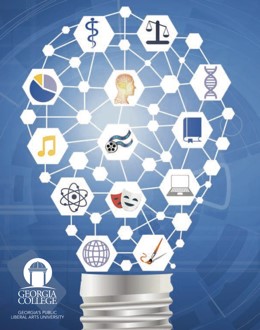Does Increased Spending on Public Education Affect School Performance?
Abstract
Public Education costs federal, state, and local governments more than $500 billion dollars each year, an increase of more than 40% from 15 years ago. Enrollment is only up 10% and graduation rates are stagnant, leaving taxpayers questioning where their money is going. Because of the many categories of spending for public school districts, solely increasing funding to districts could have no effect. This paper analyzes the impact of increasing funding specifically to instructional purposes on student’s academic success. It is important to measure the effect of exclusively instructional spending on school performance to keep legislators and educators accountable for K-12 education budgets. The panel data was derived from the Georgia Department of Education (GA DoE) and the National Center for Education Statistic (NCES) for the academic years of 2007-2015. I find results that districts with higher allocations towards instruction experience graduation rates that are higher relative to those with lower amounts.
Does Increased Spending on Public Education Affect School Performance?
Public Education costs federal, state, and local governments more than $500 billion dollars each year, an increase of more than 40% from 15 years ago. Enrollment is only up 10% and graduation rates are stagnant, leaving taxpayers questioning where their money is going. Because of the many categories of spending for public school districts, solely increasing funding to districts could have no effect. This paper analyzes the impact of increasing funding specifically to instructional purposes on student’s academic success. It is important to measure the effect of exclusively instructional spending on school performance to keep legislators and educators accountable for K-12 education budgets. The panel data was derived from the Georgia Department of Education (GA DoE) and the National Center for Education Statistic (NCES) for the academic years of 2007-2015. I find results that districts with higher allocations towards instruction experience graduation rates that are higher relative to those with lower amounts.



